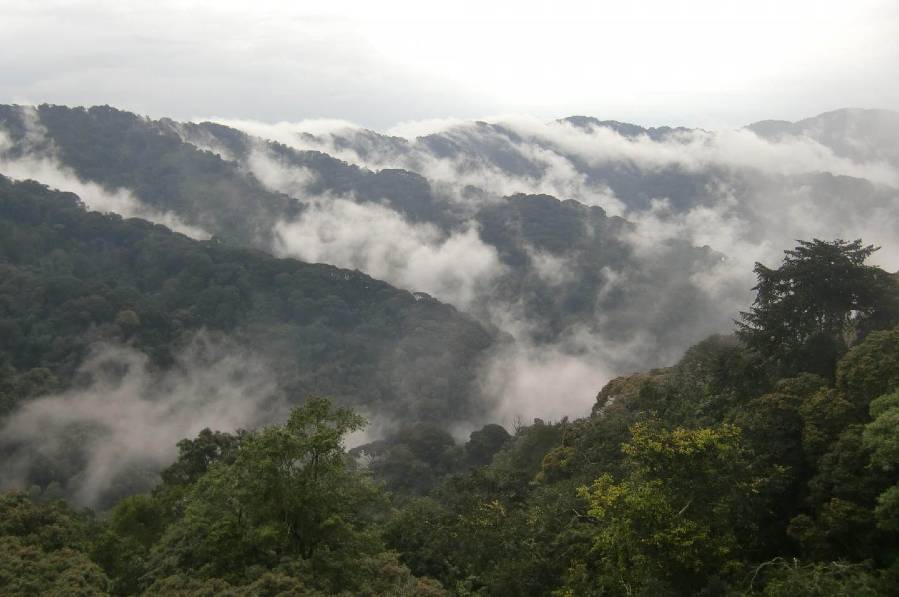Tree species in Africa’s upland mountain rainforests can adapt both photosynthesis and leaf metabolism to warming. But the ability to do so varies from species to species, according to studies from a new doctoral dissertation.
The vitality and composition of tomorrow’s tropical forests depend on how trees can adapt their internal physiological processes to an increasingly hot and – in many places – drier climate.
Myriam Mujawamariya has now demonstrated in a doctoral dissertation that tree species from Africa’s upland mountain rainforests can adapt both photosynthesis and leaf metabolism to warming. However, this ability varies among different species groups.
Slow-growing “climax species” trees, such as Carapa grandiflora, which is the favourite species of chimpanzees, and Entandrophragma excelsum, are dominant in older, closed forests. They are not as good at adapting as pioneer species, such as Harungana montana, which is most common early in the development of a forest stand.
“The research findings offer a new understanding of the ongoing shift in species composition that has been observed in tropical forests in several regions in the world,” says Myriam Mujawamariya.
Preliminary data suggest that the difference in physiological adaptability between climax and pioneer species is reflected in the corresponding shifts of the trees’ growth and survival in a warmer climate.
If so, this has major consequences. Climax species grow slower, but ultimately result in bigger trees than pioneer species. Many animals also rely on the generally larger seeds and fruits of climax species.
A warmer forest with fewer climax species will contain less carbon and fewer species, which is bad for the climate and for biodiversity.
In addition to the importance for the world’s climate and biodiversity, the research findings also have more practical significance in Rwanda, where the studies were conducted.
Rwanda’s biggest environmental problem is erosion, and right now, major initiatives are underway to plant more trees. Since Rwanda is densely populated, this has to be integrated into the agricultural landscape.
Because the goal is to increase the use of domestic tree species, knowledge of the species’ climate sensitivity is important.
“Our results show that some climax species are in fact unsuitable, while most pioneer species and a few climax species have good potential – even in a hotter climate,” says Myriam Mujawamariya.
By choosing suitable tree species, Rwanda will be better prepared to face threats to the climate and to support ecosystem services supplied by trees: soil stabilisation, climate regulation, biodiversity, bioenergy and many different products.

